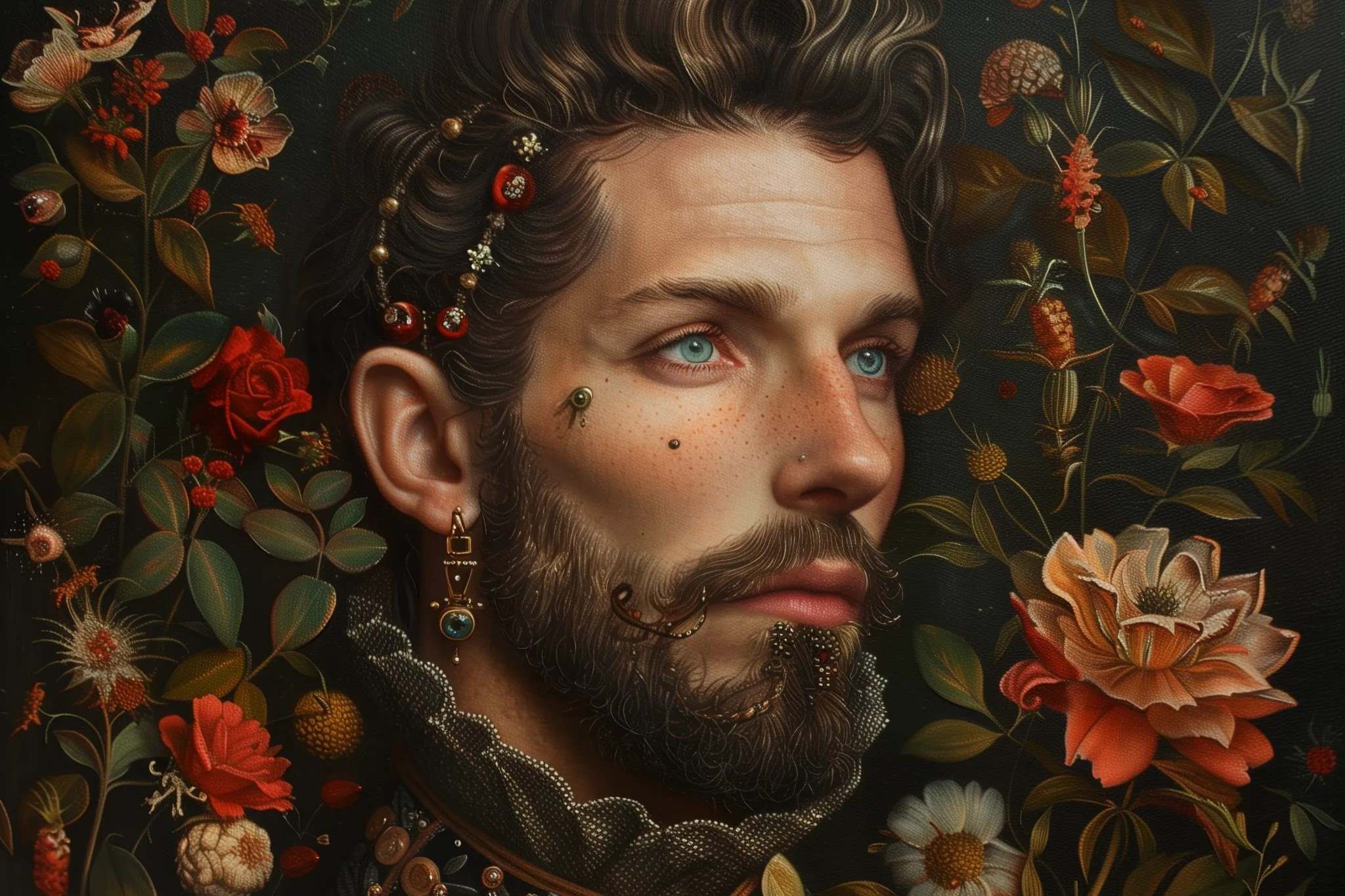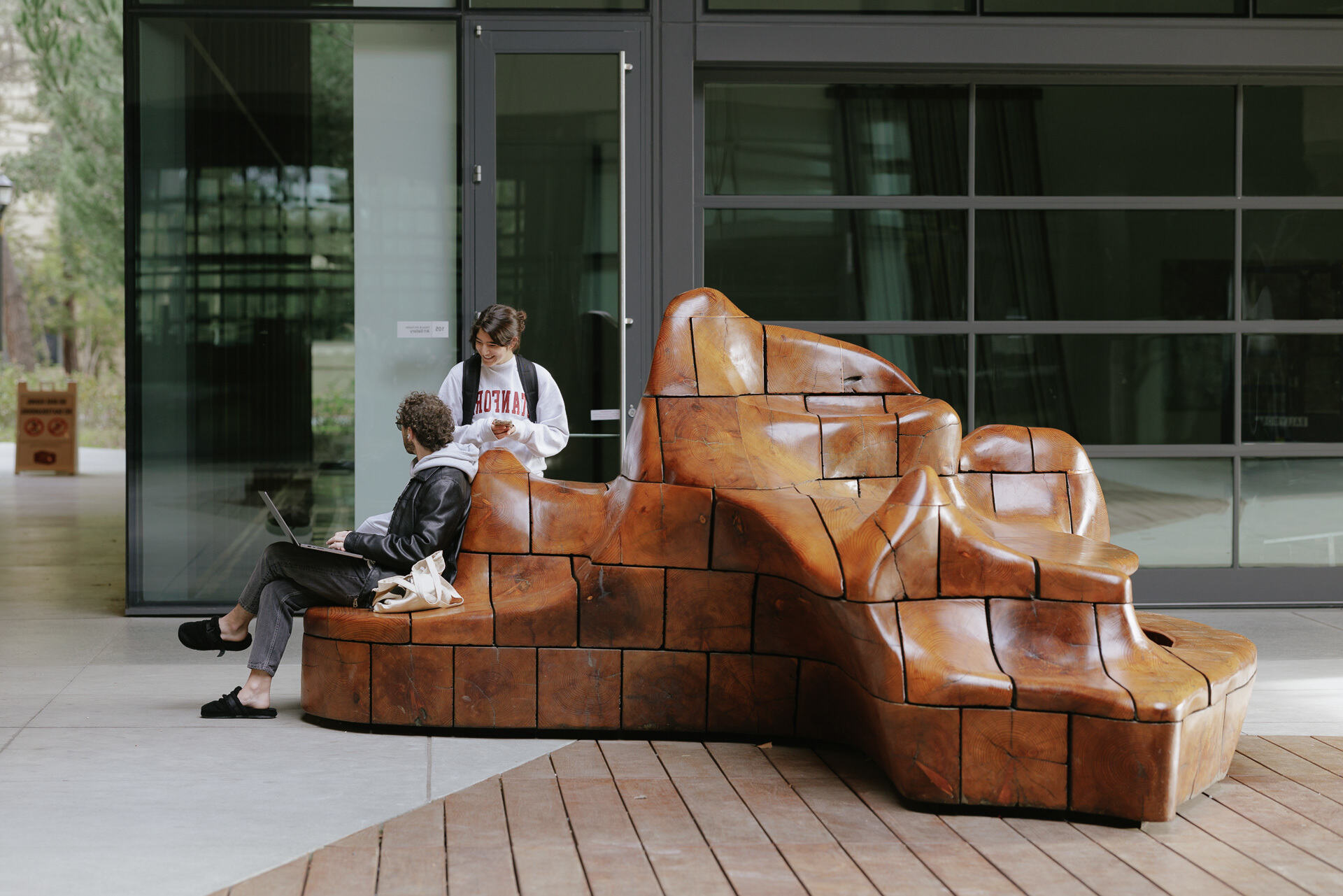
Ever wondered what made the Baroque period so special? This era, spanning from the late 16th century to the early 18th century, was a time of dramatic expression, grandeur, and intricate detail in art. Baroque artists were masters of light and shadow, creating works that still captivate audiences today. From Caravaggio's intense realism to Bernini's dynamic sculptures, these artists pushed boundaries and redefined artistic norms. Their contributions not only shaped the art world but also influenced architecture, music, and culture. Ready to dive into the world of Baroque art? Let's explore 37 fascinating facts about the artists who made this period unforgettable.
Key Takeaways:
- The Baroque period, from the late 16th to early 18th century, was a time of dramatic art, music, and architecture, characterized by exaggerated motion, clear detail, and grandeur.
- Baroque artists like Caravaggio, Rubens, and Bernini created intense, emotive works that reflected religious and political tensions, shaping the cultural landscape of the era.
The Baroque Period: A Brief Overview
The Baroque period, spanning from the late 16th century to the early 18th century, was a time of dramatic expression and grandeur in art, music, and architecture. Artists of this era created works that were rich in detail and emotion, often reflecting the religious and political tensions of the time.
- The Baroque period began around 1600 in Rome, Italy, and spread throughout Europe.
- The term "Baroque" comes from the Portuguese word "barroco," meaning "irregular pearl," reflecting the ornate and elaborate style of the period.
- Baroque art is characterized by exaggerated motion, clear detail, and easily interpreted grandeur to produce drama, tension, exuberance, and grandeur.
Famous Baroque Painters
Baroque painters were masters of light and shadow, creating works that captivated viewers with their intensity and realism.
- Caravaggio, an Italian painter, is known for his dramatic use of light and shadow, a technique known as chiaroscuro.
- Peter Paul Rubens, a Flemish artist, was famous for his vibrant, dynamic compositions and his depiction of voluptuous figures.
- Rembrandt van Rijn, a Dutch painter, is celebrated for his portraits and use of light and shadow to convey deep emotion.
- Diego Velázquez, a Spanish artist, is renowned for his realistic and complex portraits, especially those of the Spanish royal family.
Baroque Sculptors and Their Masterpieces
Baroque sculptors brought stone and marble to life with their intricate and emotive works.
- Gian Lorenzo Bernini, an Italian sculptor, is considered the father of Baroque sculpture, known for works like "The Ecstasy of Saint Teresa."
- François Duquesnoy, a Flemish sculptor, was known for his classical approach and detailed works like "Saint Susanna."
- Alessandro Algardi, another Italian sculptor, was famous for his realistic and expressive sculptures, such as "The Meeting of Leo I and Attila."
Baroque Architecture: Grandeur in Stone
Baroque architecture is marked by its bold, elaborate designs and grandiose structures.
- The Palace of Versailles in France is a prime example of Baroque architecture, with its opulent interiors and expansive gardens.
- St. Peter's Basilica in Vatican City, redesigned by Bernini, showcases the grandeur and drama of Baroque architecture.
- The Church of San Carlo alle Quattro Fontane in Rome, designed by Francesco Borromini, is known for its innovative and dynamic architectural elements.
Baroque Music: The Soundtrack of an Era
Baroque music, with its ornate melodies and complex harmonies, played a significant role in the cultural landscape of the time.
- Johann Sebastian Bach, a German composer, is one of the most famous Baroque musicians, known for his intricate compositions like the "Brandenburg Concertos."
- George Frideric Handel, a German-British composer, is celebrated for his operas, oratorios, and concertos, including the famous "Messiah."
- Antonio Vivaldi, an Italian composer, is best known for "The Four Seasons," a series of violin concertos that depict scenes from each season.
Baroque Art in Religious Context
Religion played a significant role in Baroque art, with many works commissioned by the Catholic Church to inspire faith and devotion.
- The Counter-Reformation influenced Baroque art, as the Catholic Church sought to use art to convey religious themes and messages.
- Caravaggio's "The Calling of Saint Matthew" is a prime example of Baroque religious art, depicting a dramatic moment of divine intervention.
- Rubens' "The Elevation of the Cross" showcases the intense emotion and dynamic composition typical of Baroque religious paintings.
Baroque Art Beyond Europe
While the Baroque style originated in Europe, its influence spread to other parts of the world.
- In Latin America, Baroque art blended with indigenous styles, resulting in unique works like the ornate churches of Mexico and Peru.
- The Philippines saw the rise of Baroque architecture in its colonial churches, such as the San Agustin Church in Manila.
- Baroque art also influenced colonial American architecture, with examples like the Mission San Xavier del Bac in Arizona.
Baroque Art Techniques
Baroque artists employed various techniques to achieve their dramatic and detailed works.
- Chiaroscuro, the use of strong contrasts between light and dark, was a hallmark of Baroque painting.
- Tenebrism, an extreme form of chiaroscuro, was used by artists like Caravaggio to create intense, shadowy scenes.
- Baroque artists often used foreshortening, a technique that creates the illusion of depth by depicting objects or figures at an angle.
Baroque Art and Patronage
Patronage played a crucial role in the creation of Baroque art, with wealthy individuals and institutions commissioning works.
- The Catholic Church was a major patron of Baroque art, commissioning works to decorate churches and cathedrals.
- Monarchs and aristocrats also commissioned Baroque art to display their wealth and power, such as Louis XIV's patronage of the Palace of Versailles.
- Wealthy merchants and bankers in cities like Amsterdam and Antwerp supported Baroque artists by commissioning portraits and other works.
Baroque Art and Science
The Baroque period was also a time of scientific discovery, and this influenced the art of the time.
- Baroque artists often depicted scientific instruments and discoveries in their works, reflecting the era's fascination with science.
- Rembrandt's "The Anatomy Lesson of Dr. Nicolaes Tulp" is a famous example of Baroque art depicting scientific study.
- The use of perspective in Baroque art was influenced by advances in optics and the study of light.
Baroque Art and Literature
Literature of the Baroque period often shared themes and styles with the visual arts.
- Baroque literature, like Baroque art, was characterized by its ornate style and dramatic themes.
- Spanish writer Miguel de Cervantes' "Don Quixote" is a notable example of Baroque literature, with its complex characters and intricate plot.
- English poet John Milton's "Paradise Lost" reflects the grandeur and drama of Baroque art in its epic storytelling.
Baroque Art and Theater
Theater during the Baroque period was marked by its elaborate productions and dramatic performances.
- Baroque theater often featured elaborate sets and costumes, reflecting the grandeur of the visual arts.
- The use of perspective in stage design created a sense of depth and realism in Baroque theater productions.
- Baroque playwrights like Molière and Calderón de la Barca wrote plays that were rich in drama and emotion, mirroring the themes of Baroque art.
The Last Brushstroke
Baroque period artists left an indelible mark on art history. Their works, characterized by dramatic use of light and shadow, emotional intensity, and intricate details, continue to captivate audiences today. From Caravaggio's revolutionary use of chiaroscuro to Bernini's dynamic sculptures, these artists pushed boundaries and redefined artistic expression.
Understanding the context and innovations of Baroque artists helps us appreciate their contributions even more. Their influence extends beyond their time, inspiring countless artists and shaping various art movements. Whether you're an art enthusiast or a casual observer, exploring the Baroque period offers a rich tapestry of creativity and history.
Next time you visit a museum or see a Baroque painting, take a moment to reflect on the skill and vision behind it. These artists didn't just create art; they crafted experiences that continue to resonate centuries later.
Frequently Asked Questions
Was this page helpful?
Our commitment to delivering trustworthy and engaging content is at the heart of what we do. Each fact on our site is contributed by real users like you, bringing a wealth of diverse insights and information. To ensure the highest standards of accuracy and reliability, our dedicated editors meticulously review each submission. This process guarantees that the facts we share are not only fascinating but also credible. Trust in our commitment to quality and authenticity as you explore and learn with us.


